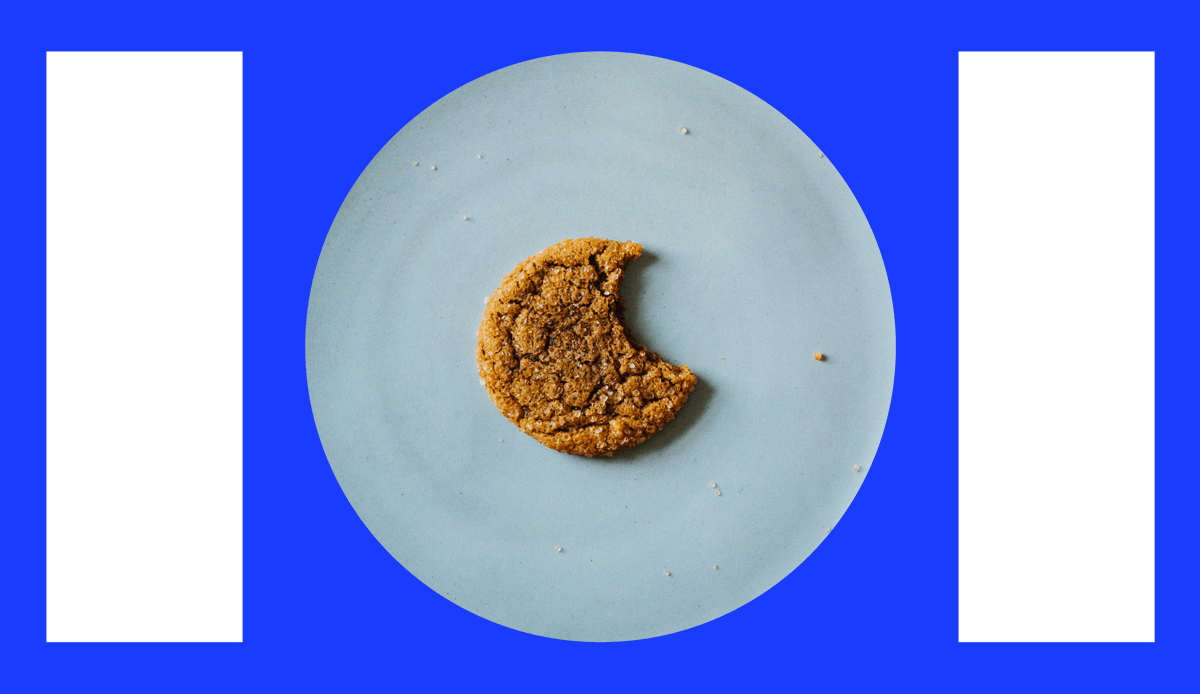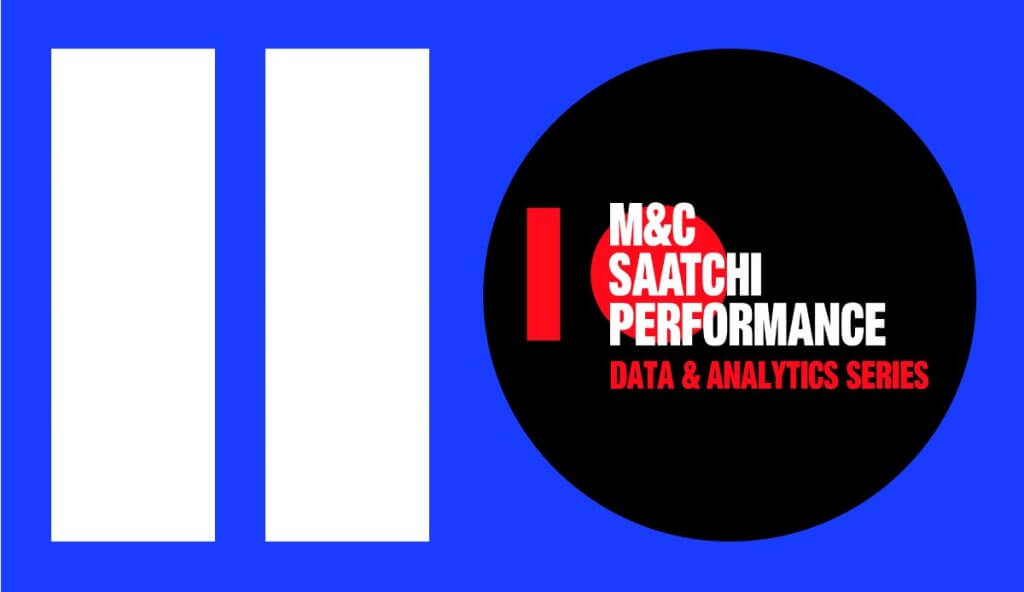Future Proofing Measurement. Preparing for signal loss

By Francis Kuttivelil, Head of Technology, and Gauthier Rochas, Analytics Director
Welcome to chapter two of our content series, ‘Future Proofing Measurement,’ which will help marketers prepare for an era of signal loss. This content has been updated since its initial publication due to the recent Google announcement that cookie deprecation will not proceed. Read our view on what the Google announcement means for advertisers here.
Here, the M&C Saatchi Performance Data & Analytics team covers what advertisers need to do to prepare and how to ensure their business is ready for depleting data signals.
Start Now to Prepare for Holistic Measurement.
Google’s announcement doesn’t mean advertisers should wait to start preparation for signal loss. Readiness is mission-critical to campaign success in the cookieless future.
Right now, for a short time, advertisers have a unique vantage point to understand the impending changes by comparing their new and existing measurement techniques.
Think of this period as a critical safety net as you enter the new world of insights.
Marketers can ensure a smooth transition if data signals eventually disappear by setting up a viable data-backed foundation.
Make the most of this time now by focusing on these critical areas:
- Test new measurement models
- Adjust KPIs
- Educate key stakeholders
- Embed first-party data
1. Testing new measurement models
When switching over to new measurement models, marketers should anticipate that performance metrics will initially look quite different. Don’t panic. This should be expected!
Following the implementation of Apple’s ATT framework, some advertisers have seen 50% fewer SKAN-attributed installs than expected. This is why it is crucial to use time wisely now while data signals are still available. It gives advertisers the time to test, test, and test again to understand any discrepancies and build trusted measurement frameworks.
With Google, there is still the gift of time, and by testing solutions such as Privacy Sandbox now, marketers can learn how to reduce these disparities before they’re fully enveloped in the black box.
The primary goal of testing at this stage is not performance optimization. Step one is to build an accurate, reliable, and replicable testing structure and measurement framework with three measurement methods: Attribution, Incrementality, and Media Mix Models at its core. This ‘Measurement Trifecta’ means advertisers can rest assured they are getting the right insights, even when they look different than they’re used to.
“We can’t emphasize this enough. Use this time wisely to test and learn. Build a Measurement Trifecta of attribution, incrementality testing, and Media Mix Modeling. For now, it’s all about understanding your environment and building trust in your new data signals.” Dane Buchanan, Chief Data & Analytics Officer.
2. Adjust KPIs
With more time for testing and learning comes more insights to work with — and more time to adjust your KPIs accordingly.
As advertisers experiment with new measurement structures, their main KPIs will also likely change, or new KPIs will be added.
While certainly an adjustment, this learning curve is ultimately good for marketers, and overall, this change should be seen as a positive step. According to Chief Data & Analytics Officer Dane Buchanan, “This is an opportunity for all marketers to improve how they measure media, as the reliance on attribution has always been something of a false economy. Advertisers that add more advanced measurement approaches can improve media optimization, drive increased brand growth, and future-proof their measurement stack.”
By expanding and analyzing data, advertisers can establish new benchmarks and set performance goals to guide their optimization efforts in the future. Rather than justifying these changes after they occur, getting ahead allows you to set realistic forecasts and objectives and proactively educate your key stakeholders.
3. Educate Stakeholders
Advertisers may need to ensure that their Executive team becomes more familiar with the implications of signal loss. Sudden changes in KPIs could surprise stakeholders, so it is important to educate stakeholders now as to why KPIs and data could look different in the future.
Working with new tools and methodologies will inevitably produce different results. But this does not mean that performance is better or worse; it just means that the data is viewed differently.
The best way to avoid this is to get ahead of the issue and ensure decision-makers know the situation.
Start testing and assessing new techniques now to win back vital time and align with your internal teams on what is happening and why.
Be sure to present a clear business case highlighting the impending privacy changes and how they impact the business, your new proposed measurement framework, and the corresponding KPIs, benchmarks, and forecasts.
4. Embed First-Party Data
Investing in CRM tools and ensuring first-party data strategies are updated will put advertisers in a good position for the future. First-party data will become vital in a cookieless future, enabling a deep understanding of customer behavior and needs. Tactical examples could include ensuring customer onboarding is as seamless as possible, examining whether value-added push notifications or emails are included in the customer journey, or effectively retargeting customers to ensure they don’t lapse. Also, without an extensive set of first-party data accessible to marketing teams, advertisers will struggle to maximize the opportunities of the open web. They may find themselves limited to the walled garden ecosystem.
Steps to future-proofing measurement
- Audit your tech stack and data practices. What first-party data are you capturing, and how is it being measured? Read this Measurement Health Check to learn more, or contact us for advice on getting started.
- Fill in the gaps by investing in CRM tools and channels with substantial first-party data assets, like Facebook, TikTok, and Google.
- Implement a unified measurement framework to optimize in-channel tactics alongside strategic cross-channel budgeting decisions.
- Start testing DSPs and ad networks that have Google Privacy Sandbox enabled.
- Consider working with a partner to support your measurement, analysis, and reporting setup. Contact us to learn more about how we can help your business grow.
In Summary
Total cookie deprecation is rapidly approaching, and there’s no way to avoid it. Utilizing the months ahead for preparation will put you in the strongest position for long-term success in the cookieless future.
Remember that you only have a limited time to access your existing signals alongside new ones. Take advantage of this “safety net” to master your testing structure and KPI hierarchy, and then educate your internal stakeholders accordingly.
Watch our Future Proofing Measurement Video series.
Interested in finding out how we ensure holistic media measurement for clients? Watch a series of videos from the Data & Analytics team explaining various elements of their approach to media measurement.
- What is the Measurement Trifecta?
- How Attribution fits into a Measurement Framework
- What is Incrementality Testing
- Attribution & Incrementality Testing, what is the difference?
- The Importance of Media Mix Modeling
- The Importance of a Unified Measurement Framework
- Key Measurement Takeaways
Contact us for more information about how we ensure clients succeed in their media measurement missions.
Further Reading
Future Proofing Measurement. Opportunities

